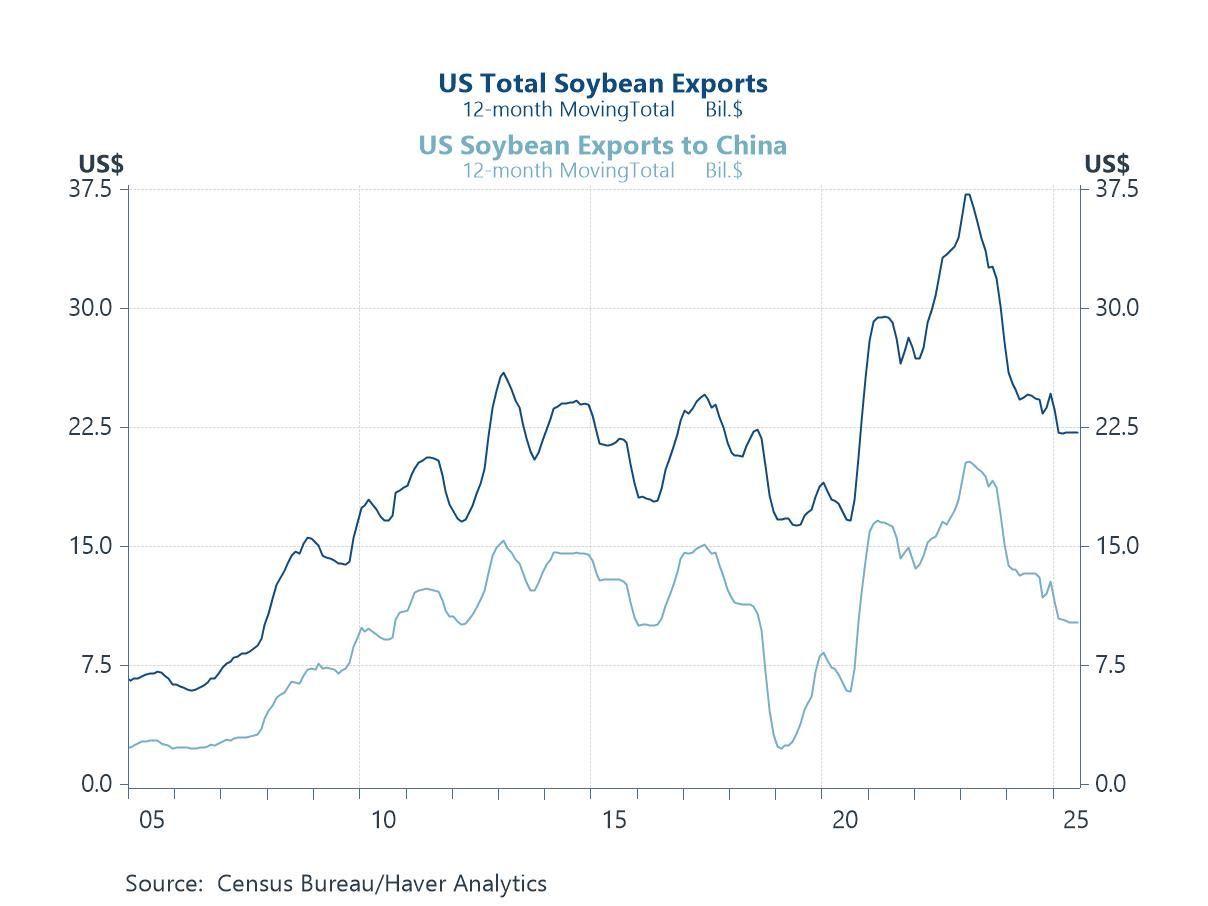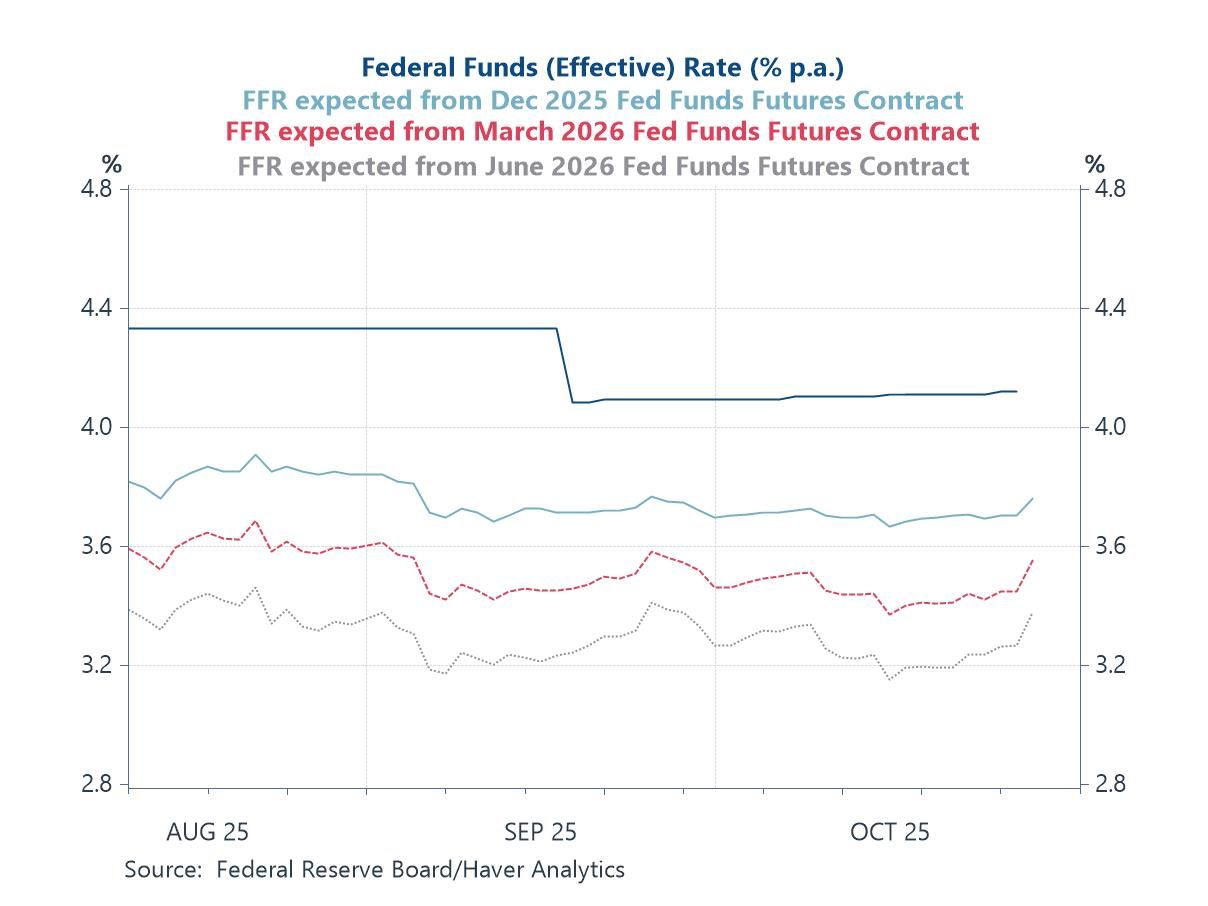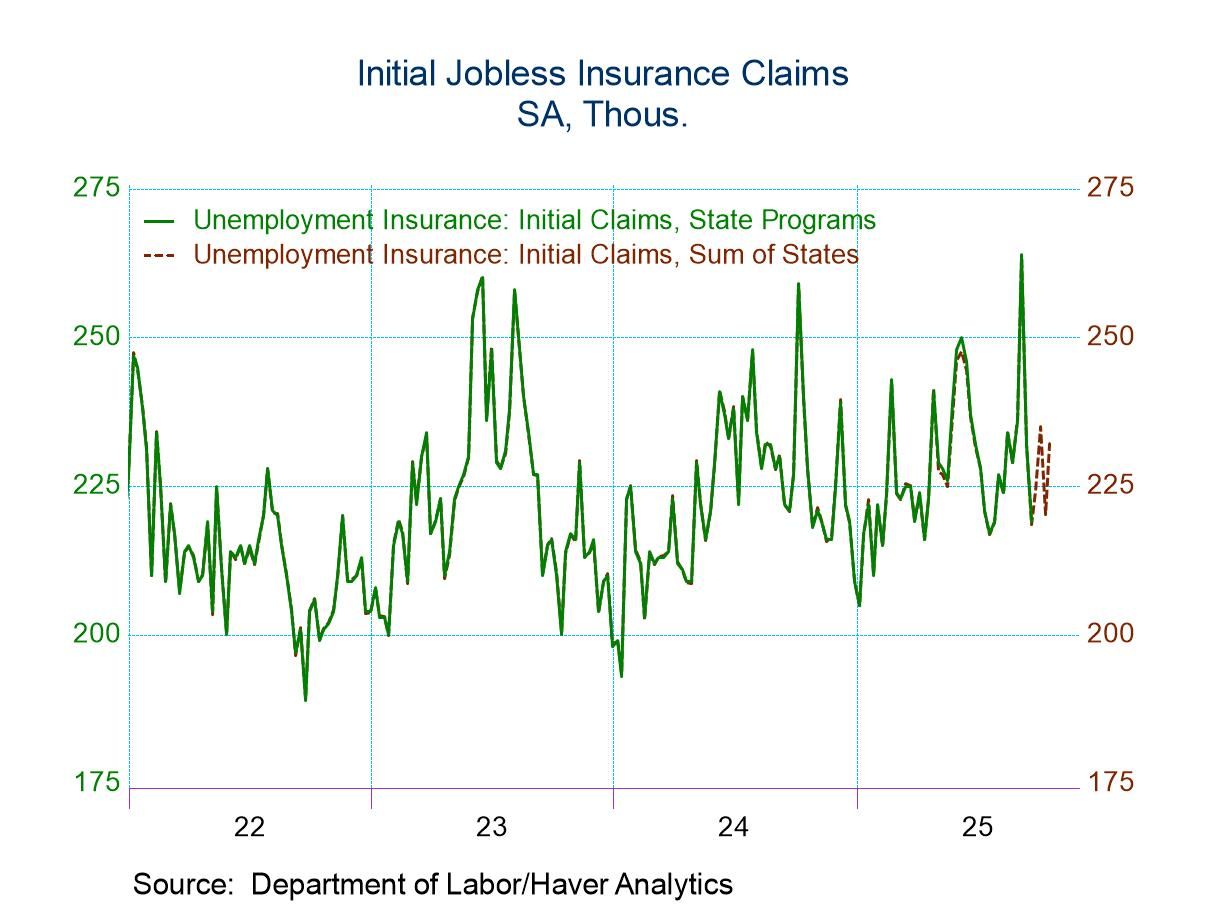 Global| Feb 09 2006
Global| Feb 09 2006Pakistan Balance of Payments Bolstered in Q4 by Larger Direct Investment Flows
Summary
What happens to your balance of payments when there's an earthquake in your country? Your imports rise sharply, but funds will also flow into your country by way of aid and remittances. Pakistan's balance of payments for Q4, reported [...]
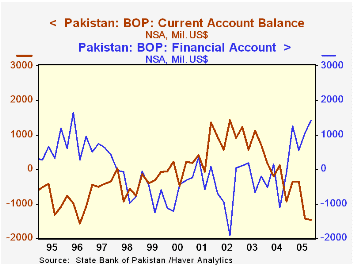
What happens to your balance of payments when there's an earthquake in your country? Your imports rise sharply, but funds will also flow into your country by way of aid and remittances. Pakistan's balance of payments for Q4, reported today by the State Bank of Pakistan, shows these phenomena. It also shows a striking increase in foreign direct investment, a very positive development for a country like Pakistan, hinting that some recovery from the earthquake can take place entirely independently of that earthquake-related aid.
The current account balance fell deeper into negative territory in Q4, reaching a deficit of $1.48 billion, encompassing a trade deficit that exceeded $2 billion. Q3 and Q4 together were far larger for both trade and current accounts than any other period in the 30-year history of these accounts. Imports were up 8.3% on the quarter (seasonally adjusted by Haver Analytics), pushed, according to the central bank's quarterly report, by imports of food, but eased by lower petroleum prices. In addition, the service deficit widened, in Q4 surpassing $1 billion for the first time (see table below). The bank suggests this account will remain in deficit due to construction services from companies that will work on the rebuilding effort. The deficit on income also increased slightly in Q4.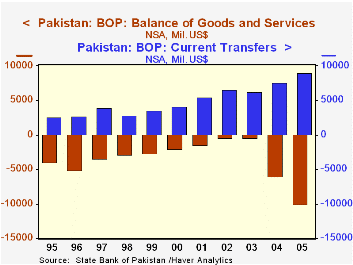
Offsetting these outflows of currency is a substantial quantity of worker and other remittances from abroad. In Q4, spurred partly by a response to the earthquake devastation, these current remittances surged to $2.5 billion and brought the year's total to nearly $9 billion, countering three-quarters of the total deficit in goods, services and income.
Also helping to limit the impact the current account on the financial condition of the country were positive flows in the financial account. Frequently, the financial side of nations' "balance" of payments is seen as a derivative of the current account; it consists, in the view of many, in the loans and trade credit that merely finance the current account. So a surplus in the financial accounts may be no more than a balancing item. But for Pakistan last year, there were some genuinely beneficial autonomous capital flows, direct investments in telecommunications and other industries. In Q4, these were $770 million, more than double the amount in Q3. For the year, direct investment totaled $2.2 billion, nearly double the amount in 2004. The financial account as a whole had a surplus of $4.3 billion, a dramatic turnaround from its deficit of $1.6 billion in 2004.
Thus, while Pakistan faces the burden of rebuilding after the earthquake that adds to its already existing development needs, the growth of global business appears to be making a significant contribution toward improving the economy of the nation.
| Pakistan (NSA, Bil.US$) | Q4 2005 | Q3 2005 | Q4 2004 | 2005 | 2004 | 2003 |
|---|---|---|---|---|---|---|
| Current Account Balance | -1.48 | -1.43 | -0.92 | -3.63 | -0.82 | +3.62 |
| Trade Balance | -2.06 | -1.90 | -1.49 | -6.21 | -3.39 | -0.20 |
| Services | -1.14 | -0.84 | -0.86 | -3.86 | -2.58 | -0.31 |
| Income | -0.76 | -0.58 | -0.69 | -2.52 | -2.37 | -2.22 |
| Current Transfers | +2.49 | +1.90 | +2.12 | +8.96 | +7.52 | +6.22 |
| Financial Account Balance | +1.42 | +1.06 | -0.12 | +4.29 | -1.61 | -0.58 |
| Direct Investment in Pakistan | +0.77 | +0.33 | +0.26 | +2.18 | +1.12 | +0.53 |
Carol Stone, CBE
AuthorMore in Author Profile »Carol Stone, CBE came to Haver Analytics in 2003 following more than 35 years as a financial market economist at major Wall Street financial institutions, most especially Merrill Lynch and Nomura Securities. She had broad experience in analysis and forecasting of flow-of-funds accounts, the federal budget and Federal Reserve operations. At Nomura Securities, among other duties, she developed various indicator forecasting tools and edited a daily global publication produced in London and New York for readers in Tokyo. At Haver Analytics, Carol was a member of the Research Department, aiding database managers with research and documentation efforts, as well as posting commentary on select economic reports. In addition, she conducted Ways-of-the-World, a blog on economic issues for an Episcopal-Church-affiliated website, The Geranium Farm. During her career, Carol served as an officer of the Money Marketeers and the Downtown Economists Club. She had a PhD from NYU's Stern School of Business. She lived in Brooklyn, New York, and had a weekend home on Long Island.


